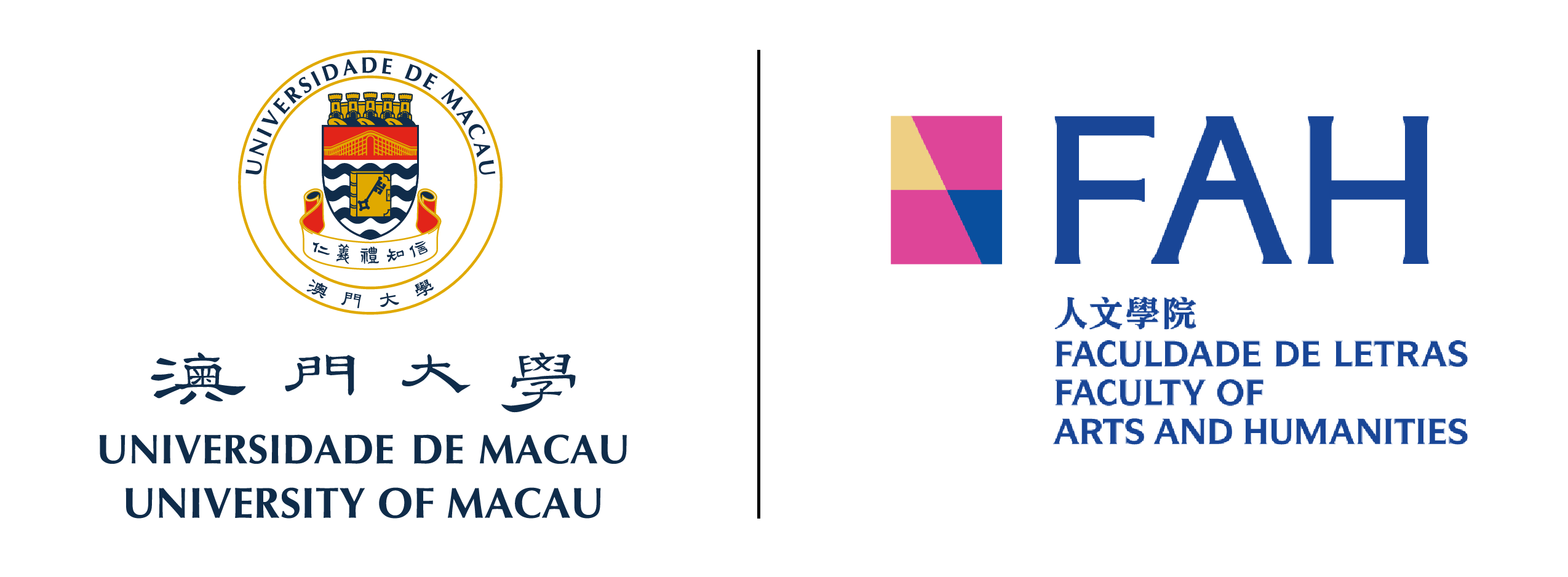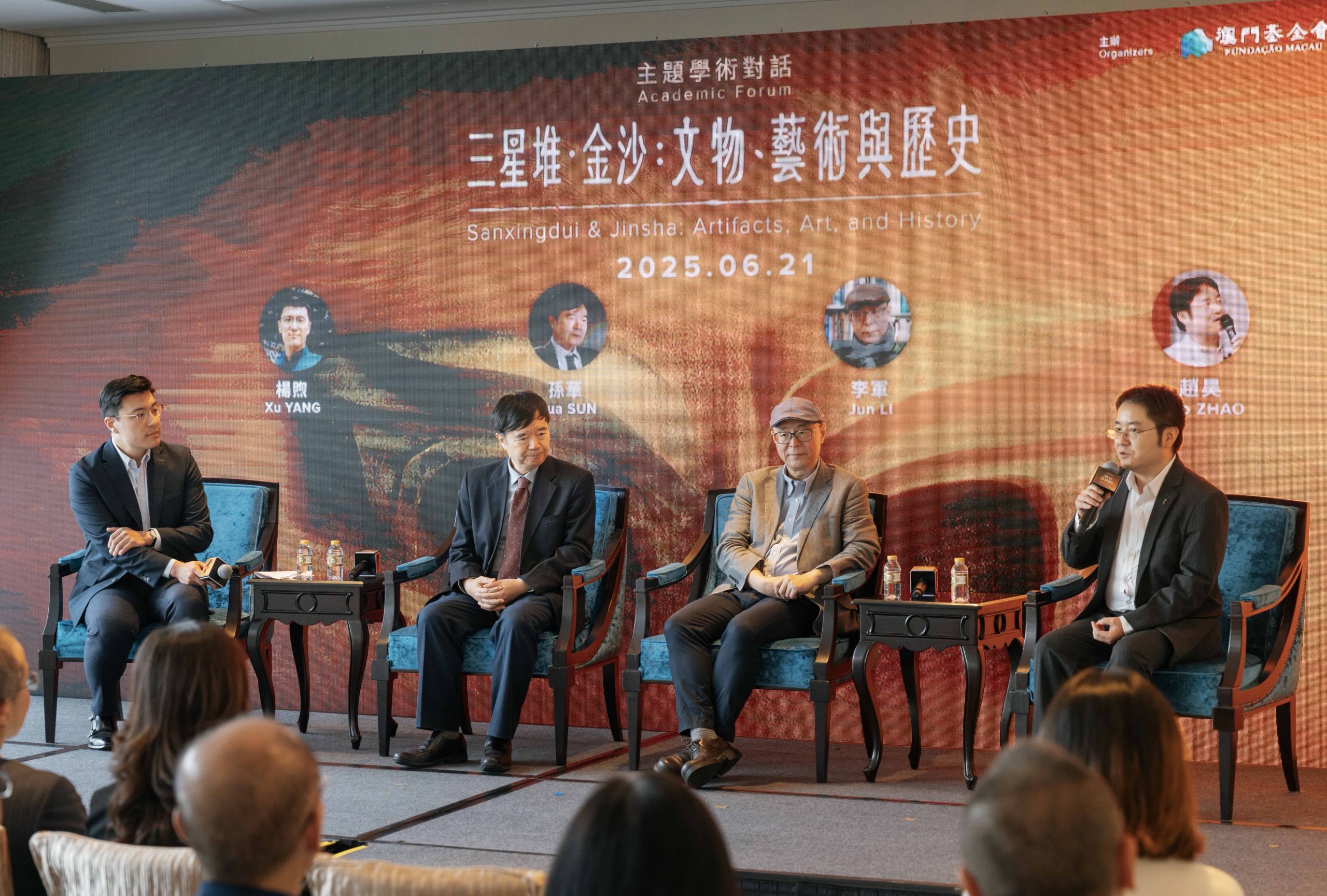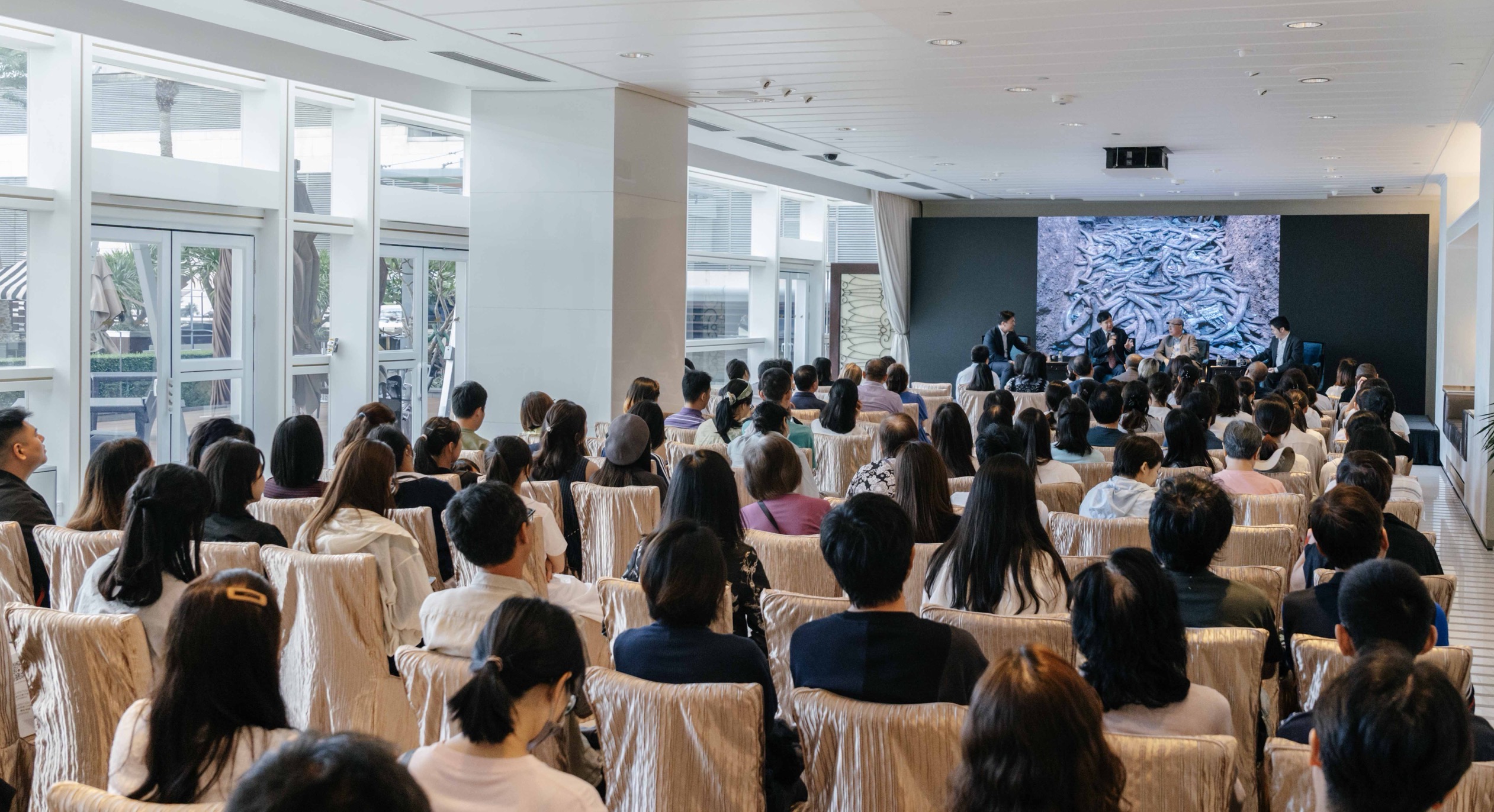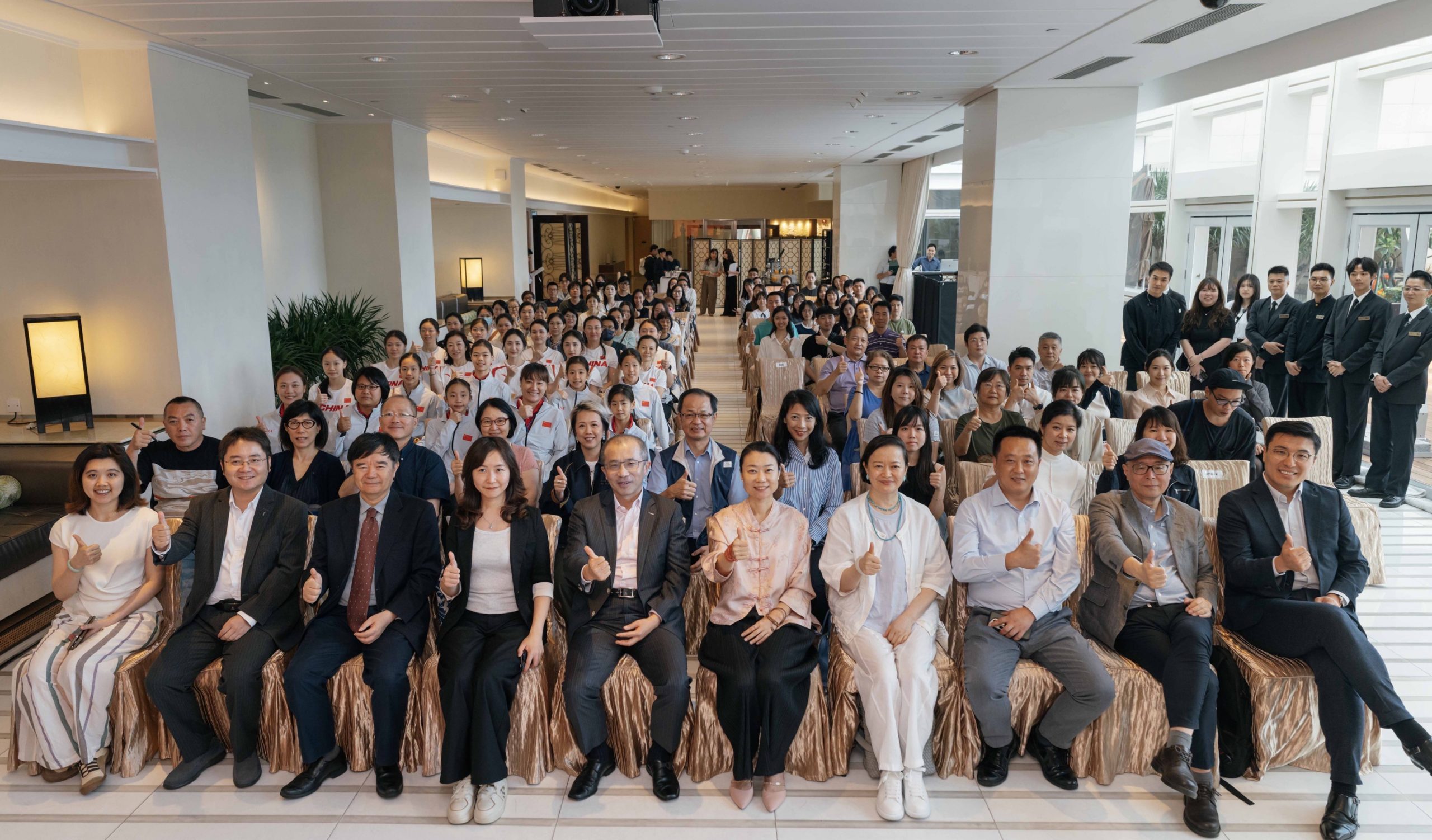On June 21, 2025, the academic seminar “Sanxingdui and Jinsha: Artifacts, Art, and History,” jointly organized by the Macao Foundation, Poly Culture Group, and MGM, was successfully held at MGM Cotai in Macao. The event attracted over 140 participants, including teachers and students from local educational institutions, members of cultural associations, and the public. The distinguished guests at the seminar included Bai Bing, Deputy Director of the Publicity and Culture Department of the Liaison Office of the Central People’s Government in the Macao Special Administrative Region; Zhong Yi, Vice Chairman of the Administrative Committee of the Macao Foundation; Feng Xiaofeng, President and Executive Director of MGM China Holdings Limited; Gu Ye, Deputy General Manager of Poly Culture’s Cultural Heritage Division; and Lu Keyin, a representative from the Cultural Affairs Bureau of the Macao Special Administrative Region Government.
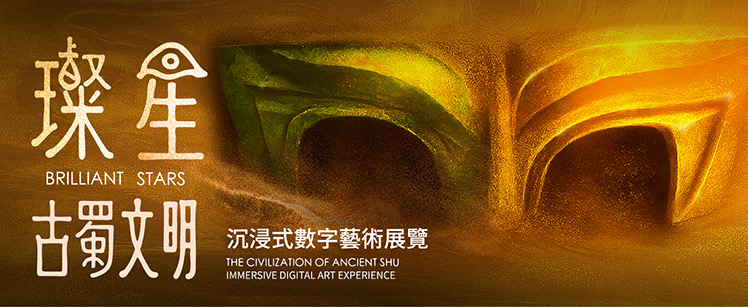
The seminar featured three distinguished experts: Li Jun, Chair Professor and Head of the Department of Arts and Design at the University of Macau; Sun Hua, Professor and Academic Dean of the Sanxingdui Research Institute at Peking University; and Zhao Hao, a researcher and head of the Sanxingdui sacrificial pit archaeological team from Peking University. The academic host was Yang Xu, Associate Professor at the University of Macau. The seminar explored the cultural value and historical significance of Sanxingdui and Jinsha from multiple perspectives, including archaeology, art, and history. Experts noted that the ancient Shu civilization, with its thousands of years of history, is an indispensable and splendid chapter in the diverse and unified structure of Chinese civilization. The Sanxingdui and Jinsha cultures stand out as the pinnacle of ancient Shu civilization. The Sanxingdui and Jinsha periods represent the first peak of ancient Shu civilization’s development and serve as important examples of China’s ancient multi-faceted civilization framework. Observing the exquisite artifacts unearthed from the Sanxingdui and Jinsha sites not only invites appreciation of their unique forms but also encourages a deeper understanding of the behaviors, ideologies, social structures, and systems of the ancient Shu people, as well as their interactions with the broader ancient Chinese society. This seminar was not only an academic exchange but also a cultural dialogue that transcended time and space, jointly exploring the profound connotations of ancient Shu civilization and bridging the gap between ancient civilizations and modern society.

